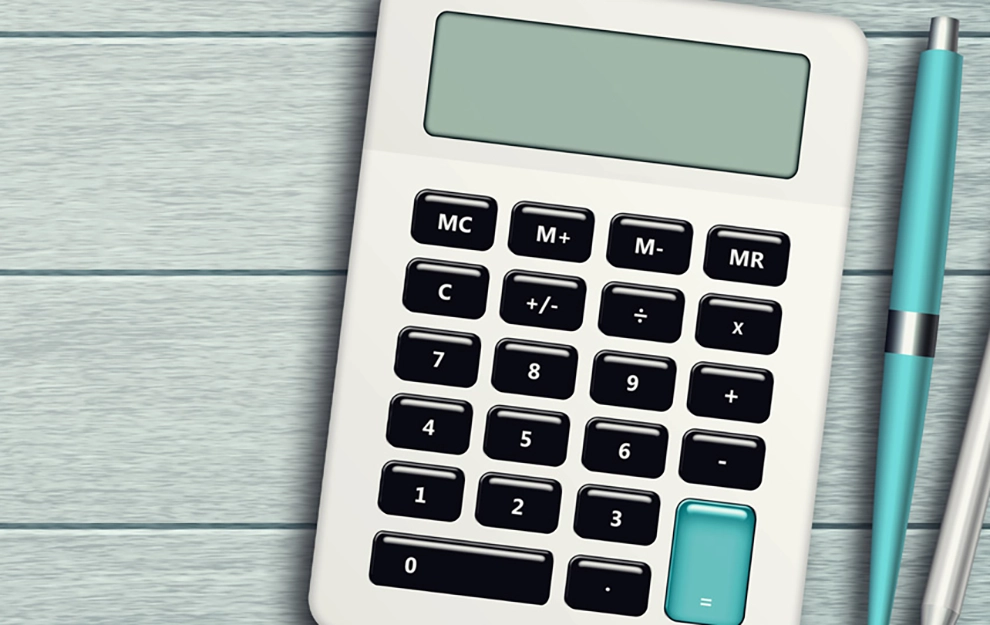Welcome to our new domain: sbical.bank. Please update your bookmarks accordingly.

19th Nov 2025Reading Time: 6 Minutes
Have you ever wondered why two people earning the same income can end up with such different retirement savings?
The answer often lies in how they save—and more importantly, which tools they choose. If you have ever found yourself confused between a 401(k) and an IRA, you are not alone. These two retirement accounts sound similar and even share some benefits, but they work differently and serve different purposes. Choosing the right one can shape your financial future for years to come. This guide breaks it all down clearly. You will learn how a 401(k) and an IRA work, how they are different, and when it makes sense to use one, or both.
Let’s look closer at each so you can make a better decision about your retirement planning.
A 401(k) is a retirement savings account offered by employers to help employees plan for their future while enjoying tax advantages. When you sign up, a portion of your paycheck is automatically taken out and put into a special investment account. You can choose how the money is invested, often from a list of funds your plan offers.
IRA stands for Individual Retirement Account. Unlike a 401(k), you can open an IRA on your own through a bank, credit union, or brokerage firm—no employer needed. There are two main types: Traditional and Roth.
One of the biggest questions you may ask is: Should I go with a Traditional IRA or a Roth IRA? The answer depends on your current income and future tax outlook.
Feature | Traditional IRA | Roth IRA |
Tax at Contribution | Possibly tax-deductible | Not deductible (after-tax money) |
Tax at Withdrawal | Taxed | Not taxed (if qualified) |
Income Limits | None to contribute, the deduction may phases out based on employer coverage | Contributions phase out at higher incomes |
Best For | People expecting lower income in retirement | People expecting higher income in retirement |
Let’s compare both side by side so you can spot what sets them apart:
Feature | 401(k) | IRA |
How to Open | Through employer | Individual needs to open account through financial institution |
Contribution Limit (2025) | $23,500 | $7,000 ($8,000 if 50+) |
Employer Match | Often available | Not available |
Investment Choices | Limited to plan’s offerings | Broad range |
Tax Benefits | Pre-tax (Traditional), Post-tax (Roth 401(k)) | Pre-tax (Traditional), Post-tax (Roth IRA) |
Income Limits | None | Yes (for Roth IRA and deduction limits for Traditional) |
Withdrawal Rules | Early withdrawals often penalized | Similar rules, but Roth IRA offers more flexible |
Yes, you can have both. In fact, many people use a 401(k) to take advantage of employer contributions and then open an IRA for more control over investments and tax flexibility.
Here is how this combo can help:
Before you reach retirement, you may want to park your short-term savings in a safe, accessible place. While 401(k)s and IRAs are great for long-term goals, everyday banking needs still matter.
At State Bank of India (California), you can explore options like:
These accounts are simple tools to support your financial journey, giving you flexibility before and during retirement.
Whether you are just starting your financial life or thinking about retirement planning, State Bank of India (California) offers services that help you build a stable future:
Also read: International Wire Transfers vs. Remittances
There is no one-size-fits-all answer when it comes to 401(k) vs IRA. If you are employed and your job offers a 401(k) with matching, start there. It is hard to beat free contributions from your employer. If you have extra income to invest or want more freedom in your investment choices, an IRA, especially a Roth might make a lot of sense.
You can also mix both for greater savings and flexibility. The important thing is to start now, understand your options, and choose what fits your goals

Manage your money with ease using SBI California’s personal checking accounts. Enjoy secure online banking, debit card access, and easy remittances to India. Open an account today and simplify your banking needs!

Grow your money with our attractive deposit rates, offering high returns and flexible terms. Whether you’re saving for the future or looking for short-term options, we have the perfect plan to suit your needs.

Manage your money with ease using SBI California’s personal checking accounts. Enjoy secure online banking, debit card access, and easy remittances to India. Open an account today and simplify your banking needs!

Start saving for retirement with competitive rates and tax benefits. Choose a Traditional or Roth IRA and grow your wealth with confidence. Visit us today to open your account!
Copyright © State Bank of India, California 2025, All Rights Reserved.